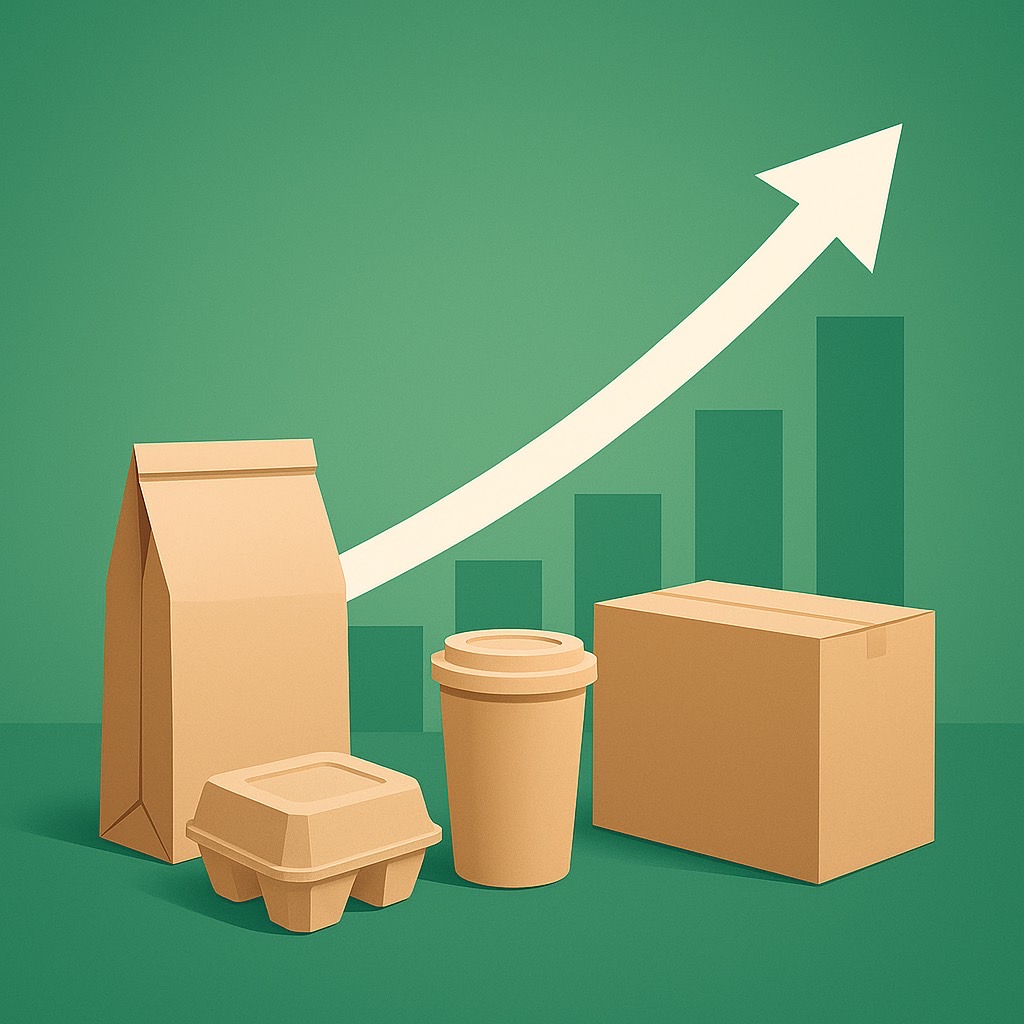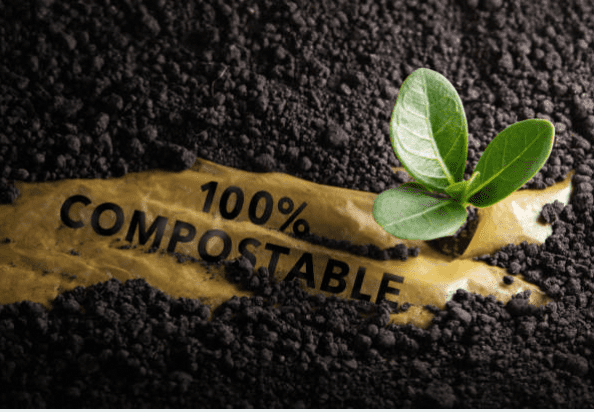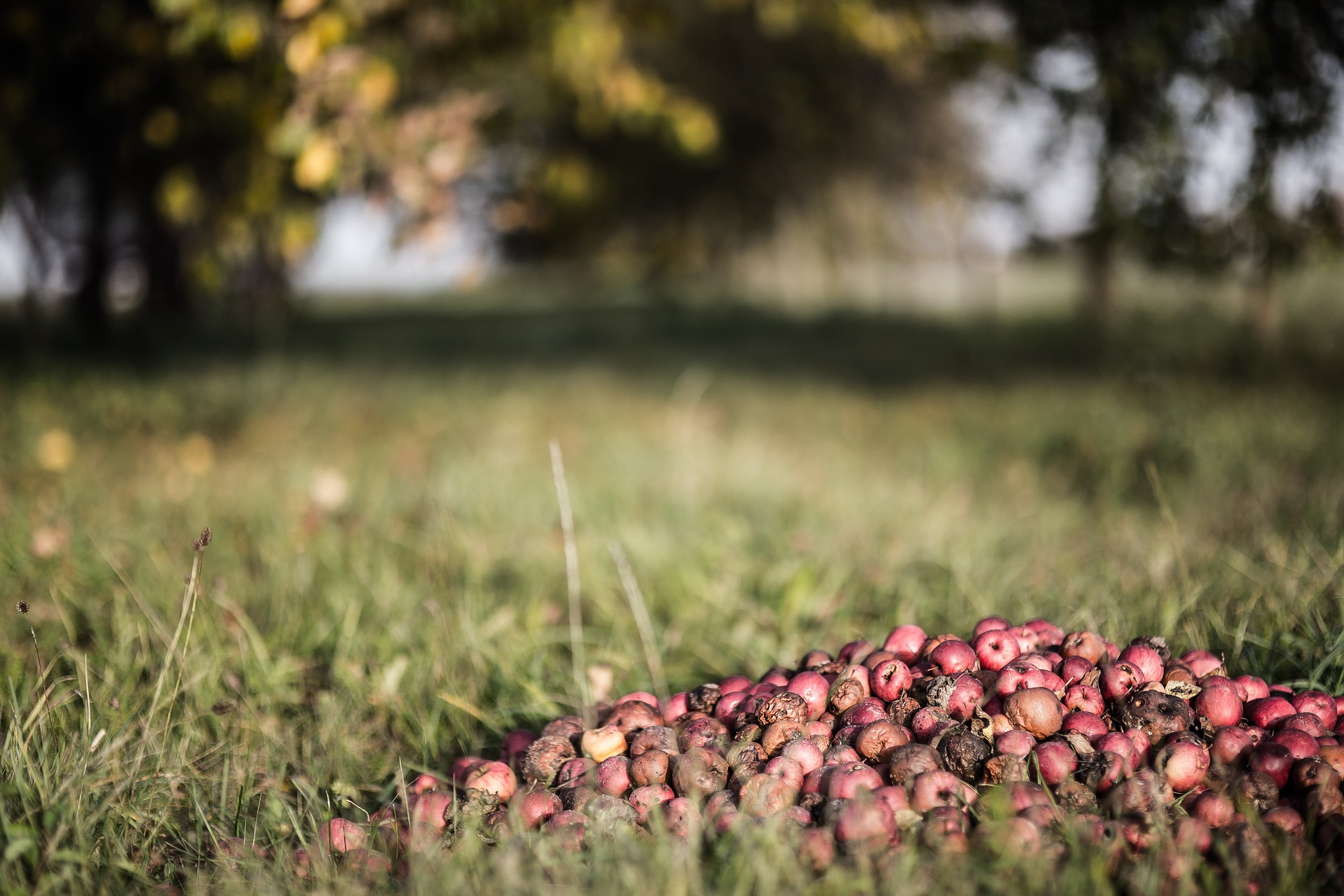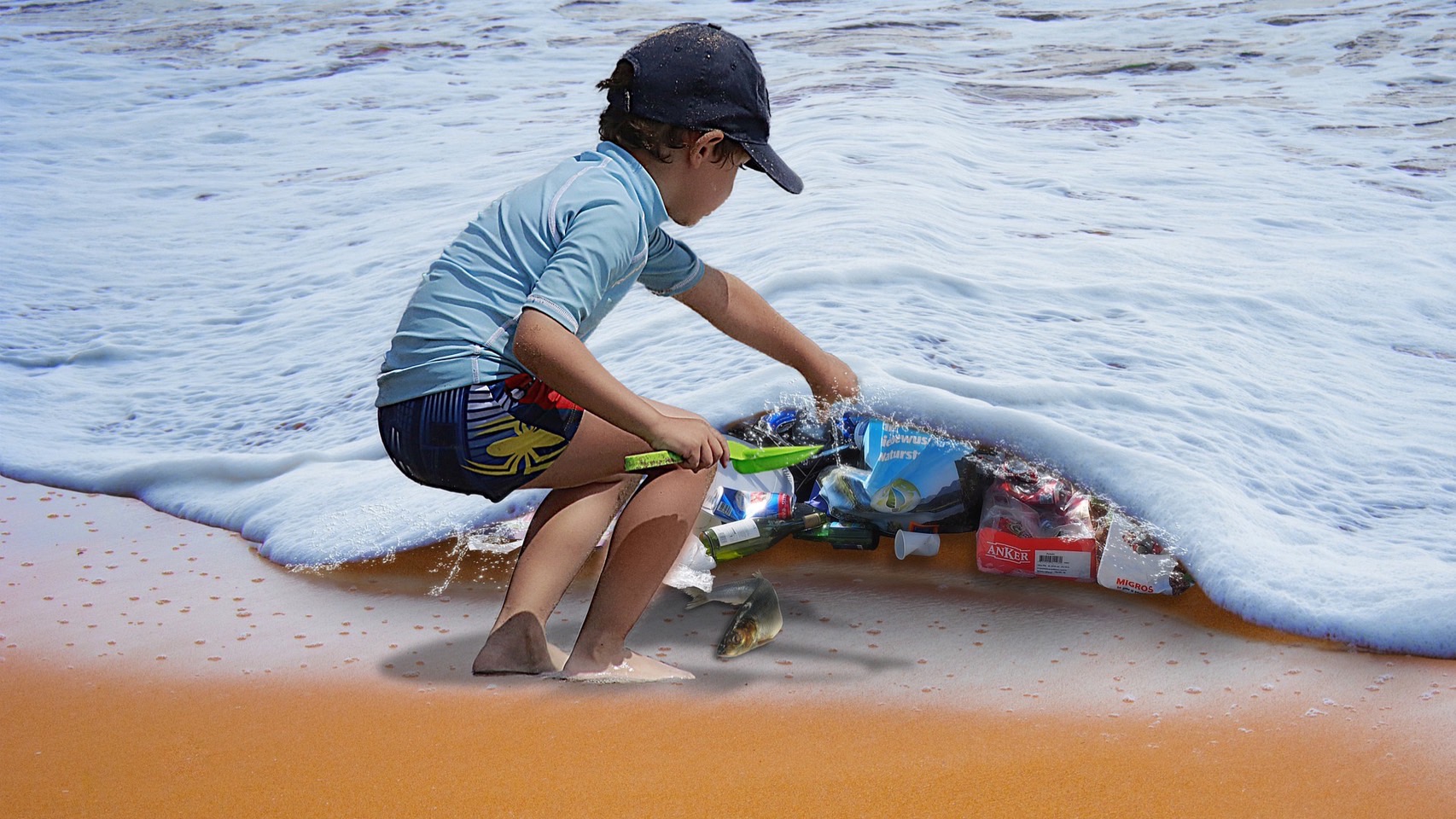Why restrict plastic? Do you want to swallow a credit card a week?
Plastic restriction is a familiar term, but why plastic restriction is required may not be understandable to everyone. Now, let’s take a look at the current plastic pollution and the harm it causes!
99% of plastics are made from fossil oils, and only less than 10% of plastic waste is recycled globally. People continue to rely on disposable plastic packaging and supplies; in addition to the production process exacerbating the climate crisis; Research shows that currently about 14 million tons of plastic flow into the ocean every year, and the accumulation of plastic in the ocean may reach 600 million tons by 2040.
The evidence is that plastic fragments can be easily found on the beach, and no matter how hard we clean the beach, we can't clean it all. Because it takes more than 400 years for plastic waste to decompose, it not only seriously pollutes the ocean, but also threatens human health.
In your mind, is the ocean still clear and blue? In reality, the ocean has been seriously polluted by plastic waste for a long time. Research has found that every kilogram of sea salt contains 550-681 plastic fibers, fragments or particles. The concentration of plastic particles in sea salt is 3 times than lake salt, and 7 times than rock salt/well salt. The most obvious thing is that we see sea turtles and other creatures dying due to accidentally eating plastic waste.
Turtles are not the only ones who eat plastic. Through the food chain, humans have absorbed a large number of plastic particles from drinking water, eating salt& seafood, and even breathing.
CNN chief medical reporter Sanjay Gupta gave us a study, which found that no matter how big or small, we may still eat the equivalent of a credit card sized piece of plastic every week. Reuters calculated based on the study results, each person eats one Lego brick per month. The amount of plastic consumed at the same rate is 2.5 kilograms in 10 years, which is equivalent to two thick plastic water pipes. The amount of plastic eaten in a lifetime is about 20 kilograms.
According to the International Environmental Law Center, plastic particles that enter the human body may cause a variety of health effects, including inflammation and the death of cells and body tissues, and they are associated with a variety of negative health outcomes, including infertility, cancer, cardiovascular disease, Inflammatory bowel disease, diabetes, rheumatoid arthritis, chronic inflammation, autoimmune diseases, neurodegenerative diseases and stroke.
Plastic restriction is not only for a clean ocean and earth; it also protects our health and future.
Reference :
推動全球塑膠公約 - Greenpeace 綠色和平 | 臺灣
https://www.greenpeace.org/taiwan/%E6%B8%9B%E5%A1%91/%E6%8E%A8%E5%8B%95%E5%85%A8%E7%90%83%E5%A1%91%E8%86%A0%E5%85%AC%E7%B4%84/
研究:大米含塑料微粒一週吃掉一張信用卡 | 人體 | 健康 | 澳洲 | 大紀元
https://www.epochtimes.com/b5/21/5/19/n12959968.htm
塑膠微粒下肚等同一週吃進一張信用卡|公視新聞網
https://news.pts.org.tw/article/504926
今天,我想來點...塑膠我們這輩子會把多少塑膠吃下肚? | DQ 地球圖輯隊https://dq.yam.com/post/13319
No, you don't eat a credit card worth of plastic every week. But you still swallow a lot of it | Salon.com
https://www.salon.com/2023/06/16/no-people-dont-eat-a-credit-card-worth-of-plastic-each-week-but-we-still-swallow-a-lot-of-garbage/
人體每週「攝取」一張信用卡大小塑膠!研究:化妝品、指甲油或牙膏都有塑膠微粒 - Heho健康
https://heho.com.tw/archives/167783
塑膠微粒吃下肚恐不孕!每周入體內約信用卡大小
https://tw.news.yahoo.com/%E5%A1%91%E8%86%A0%E5%BE%AE%E7%B2%92%E5%90%83%E4%B8%8B%E8%82%9A%E6%81%90%E4%B8%8D%E5%AD%95-%E6%AF%8F%E5%91%A8%E5%85%A5%E9%AB%94%E5%85%A7%E7%B4%84%E4%BF%A1%E7%94%A8%E5%8D%A1%E5%A4%A7%E5%B0%8F-134128418.html
99% of plastics are made from fossil oils, and only less than 10% of plastic waste is recycled globally. People continue to rely on disposable plastic packaging and supplies; in addition to the production process exacerbating the climate crisis; Research shows that currently about 14 million tons of plastic flow into the ocean every year, and the accumulation of plastic in the ocean may reach 600 million tons by 2040.
The evidence is that plastic fragments can be easily found on the beach, and no matter how hard we clean the beach, we can't clean it all. Because it takes more than 400 years for plastic waste to decompose, it not only seriously pollutes the ocean, but also threatens human health.
In your mind, is the ocean still clear and blue? In reality, the ocean has been seriously polluted by plastic waste for a long time. Research has found that every kilogram of sea salt contains 550-681 plastic fibers, fragments or particles. The concentration of plastic particles in sea salt is 3 times than lake salt, and 7 times than rock salt/well salt. The most obvious thing is that we see sea turtles and other creatures dying due to accidentally eating plastic waste.
Turtles are not the only ones who eat plastic. Through the food chain, humans have absorbed a large number of plastic particles from drinking water, eating salt& seafood, and even breathing.
CNN chief medical reporter Sanjay Gupta gave us a study, which found that no matter how big or small, we may still eat the equivalent of a credit card sized piece of plastic every week. Reuters calculated based on the study results, each person eats one Lego brick per month. The amount of plastic consumed at the same rate is 2.5 kilograms in 10 years, which is equivalent to two thick plastic water pipes. The amount of plastic eaten in a lifetime is about 20 kilograms.
According to the International Environmental Law Center, plastic particles that enter the human body may cause a variety of health effects, including inflammation and the death of cells and body tissues, and they are associated with a variety of negative health outcomes, including infertility, cancer, cardiovascular disease, Inflammatory bowel disease, diabetes, rheumatoid arthritis, chronic inflammation, autoimmune diseases, neurodegenerative diseases and stroke.
Plastic restriction is not only for a clean ocean and earth; it also protects our health and future.
Reference :
推動全球塑膠公約 - Greenpeace 綠色和平 | 臺灣
https://www.greenpeace.org/taiwan/%E6%B8%9B%E5%A1%91/%E6%8E%A8%E5%8B%95%E5%85%A8%E7%90%83%E5%A1%91%E8%86%A0%E5%85%AC%E7%B4%84/
研究:大米含塑料微粒一週吃掉一張信用卡 | 人體 | 健康 | 澳洲 | 大紀元
https://www.epochtimes.com/b5/21/5/19/n12959968.htm
塑膠微粒下肚等同一週吃進一張信用卡|公視新聞網
https://news.pts.org.tw/article/504926
今天,我想來點...塑膠我們這輩子會把多少塑膠吃下肚? | DQ 地球圖輯隊https://dq.yam.com/post/13319
No, you don't eat a credit card worth of plastic every week. But you still swallow a lot of it | Salon.com
https://www.salon.com/2023/06/16/no-people-dont-eat-a-credit-card-worth-of-plastic-each-week-but-we-still-swallow-a-lot-of-garbage/
人體每週「攝取」一張信用卡大小塑膠!研究:化妝品、指甲油或牙膏都有塑膠微粒 - Heho健康
https://heho.com.tw/archives/167783
塑膠微粒吃下肚恐不孕!每周入體內約信用卡大小
https://tw.news.yahoo.com/%E5%A1%91%E8%86%A0%E5%BE%AE%E7%B2%92%E5%90%83%E4%B8%8B%E8%82%9A%E6%81%90%E4%B8%8D%E5%AD%95-%E6%AF%8F%E5%91%A8%E5%85%A5%E9%AB%94%E5%85%A7%E7%B4%84%E4%BF%A1%E7%94%A8%E5%8D%A1%E5%A4%A7%E5%B0%8F-134128418.html















